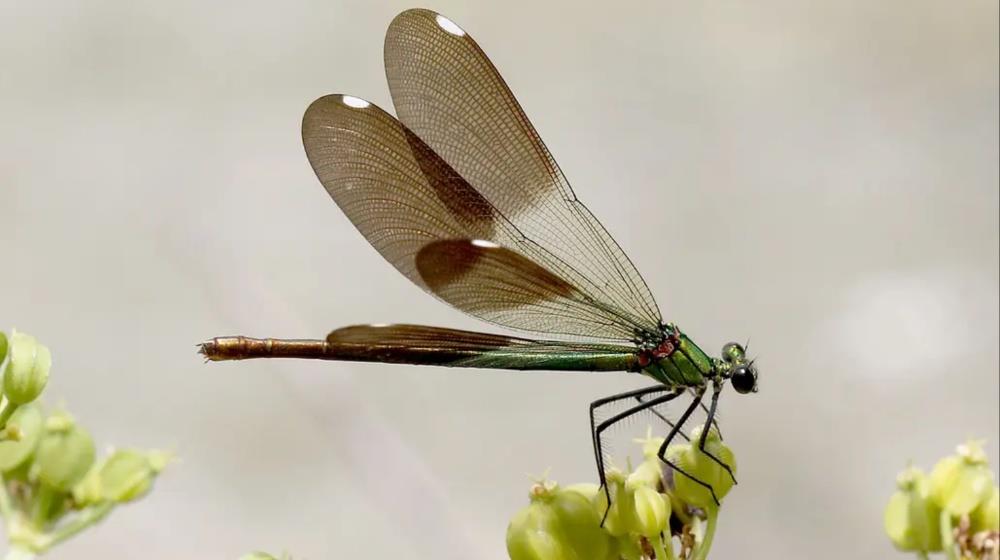Αround 80 scientists from 23 countries will convene in the coastal town of Paphos for the World Dragonfly Congress, that will take place from 25 June – 3 July at Neapolis University.f
According to a press release by Terra Cypria, this biennial meeting's goal is the exchange of research into the world of dragonflies and damselflies. Over four days, participants will present work covering areas such as evolution, genetics, conservation and the effects of climate change.
Anax immaculifrons (Magnificent Emperor) male, Europe’s largest dragonfly
Congress Organiser, Dr David Sparrow, said that the impact of climate change on Cyprus’ dragonflies has been very obvious. Cyprus has a mixture of heat-loving dragonflies, including some mainly African and tropical Asian species, which are increasing in abundance here, and species which prefer cooler conditions and are mainly found in Europe. These are decreasing and retreating to higher altitudes, the press release says.
Orthetrum sabina (Slender Skimmer)
Cyprus’ position at the crossroads of three continents makes it a fascinating place to hold the congress, it adds. Cyprus is also representative of the environmental challenges facing much of the Mediterranean and the Levant, notably the decline in fresh, flowing water habitats, it is added.
Trithemis festiva (Indigo Dropwing), male
Apart from the four conference days, the scientists will spend four days in the field, visiting a variety of habitats to see many of Cyprus’ 37 species of dragonflies.
Calopteryx splendens (Banded Demoiselle), andochrome female
ICO2023 is organised by the Cyprus Dragonfly Study Group and Terra Cypria (the Cyprus Conservation Foundation) in conjunction with the Worldwide Dragonfly Association, and is hosted by Neapolis University. ICO stands for International Congress of Odonatology. World congresses are held every two years, in different countries and on different continents.
Epallage fatime (Odalisque), female
According to the Worldwide Dragonfly Association, mid-congress field trip will explore sites along the Diarizos River, the most species rich of Cyprus’ rivers, ascending into the Troodos Mountain area. June, it said, is the optimum month for odonatologists to visit Cyprus, when dragonflies are most abundant and the charismatic species Epallage fatime (Odalisque), Anax immaculifrons (Magnificent Emperor), Europe’s largest dragonfly, and Caliaeschna microstigma (Eastern spectre) and the island’s speciality, Ischnura intermediate (Persian Bluetail) are at their peak.
Ischnura intermedia (Persian Bluetail), male – Cyprus is only place in Europe where it occurs
It also said that Cyprus has a modest 38 species of dragonflies, but a unique mix of European, Asian and African species, and is the only place in Europe where the rare Ischnura intermedia (Persian Bluetail) occurs and one of the few places in Europe where Anax immaculifrons (Magnificent Emperor), Europe’s largest dragonfly, Orthetrum chrysostigma (Epaulet skimmer), Orthetrum sabina (Slender Skimmer), Orthetrum taeniolatum (Small Skimmer), Trithemis arteriosa (Red-veined Dropwing) and Trithemis festiva (Indigo Dropwing) can be seen.









